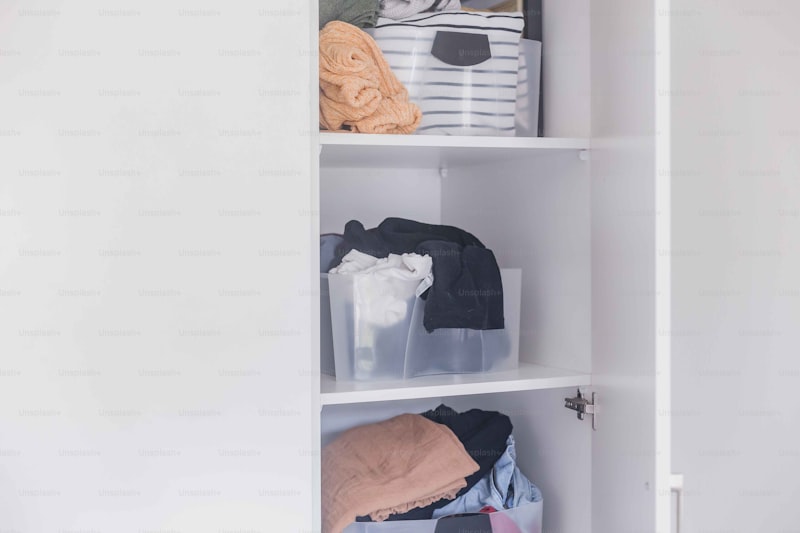Optimize Your Closet: The Ultimate Guide to Climate Control for Dress Storage
Understanding the Importance of Climate Control for Dress Storage
When it comes to preserving the longevity of your favorite dresses, climate control is crucial. The right environmental conditions can prevent fabric deterioration, mold growth, and discoloration. This article will delve into the significance of climate control for dress storage and provide actionable insights to help you keep your wardrobe in impeccable condition.
Why Climate Control Matters
The climate of your dress storage environment can drastically affect your garments. Here are some reasons to consider:
- Temperature: Extreme temperatures can weaken fibers and alter the texture of fabrics.
- Humidity: High humidity levels can lead to mold growth, while low humidity can cause fabrics to become brittle.
- Light Exposure: UV light can fade colors and damage fabrics over time.
Optimal Temperature and Humidity Levels
For preserving dresses, it is recommended to maintain a temperature between 60°F and 70°F (15°C to 21°C) along with a humidity level of 40% to 50%. These conditions minimize the risk of damage, ensuring that your garments remain as beautiful as the day you bought them.
| Factor | Recommended Level |
| Temperature | 60°F to 70°F (15°C to 21°C) |
| Humidity | 40% to 50% |
Best Practices for Dress Storage
Implementing climate control begins with how you store your dresses. Below are some best practices:
1. Use Climate-Controlled Storage Solutions
Consider investing in a climate-controlled closet or storage unit. This will ensure that your dresses are away from extreme temperatures and humidity fluctuations.
2. Invest in Quality Hangers
Use padded hangers that provide support and prevent stretching. Avoid wire hangers as they can cause misshapen garments and distress to the fabric.

3. Choose the Right Storage Containers
Opt for breathable garment bags made of cotton or muslin, which provide protection while allowing air circulation. Plastic covers may trap moisture and create a breeding ground for mildew.
4. Keep Your Closet Well-Ventilated
Ensure there is airflow in your closet space. Open doors and windows occasionally to allow fresh air in, or consider using a dehumidifier to maintain humidity levels.
5. Avoid Overcrowding
Overcrowded closets can create friction and damage fabrics over time. Allow enough space for your dresses to hang freely.
Addressing Common Concerns in Dress Storage
Aside from temperature and humidity, there are common issues that arise in dress storage:
Mold and Mildew
To prevent mold and mildew, ensure your dresses are completely dry before storing them. Avoid placing damp or wet clothes in your closet.
Fading Colors
Store your dresses away from direct sunlight, which can cause fading. If your storage area is exposed to light, consider using UV-filtering window treatments.
Additional Tips for Dress Preservation
Here are further recommendations for maintaining dress quality:
- Regularly inspect your dresses for signs of damage or pests.
- Use acid-free tissue paper to fill in dresses and maintain their shape during storage.
- Keep shoes and accessories separately stored to avoid transferring dyes onto the fabric.
Conclusion
In conclusion, climate control for dress storage is essential for maintaining the quality and longevity of your wardrobe. By implementing best practices such as controlling temperature and humidity, investing in quality storage solutions, and addressing potential issues like mold, you can ensure your dresses remain preserved for years to come.
Remember, the effort you put into climate control today will pay off significantly in the future, saving you from costly repairs and replacements. Take the time to regularly check your storage conditions and adapt as necessary to protect your cherished garments.
By following these recommendations, not only will your dresses stay in pristine condition, but you'll also enjoy a more organized and accessible wardrobe. Happy storing!